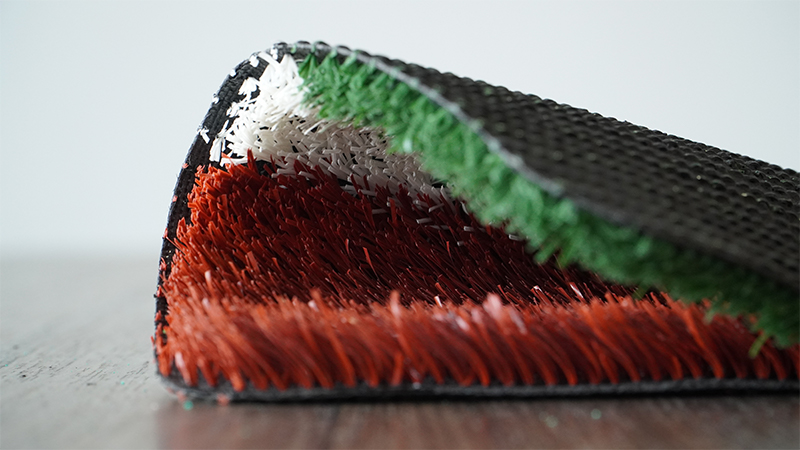
News

Artificial turf originated in the 1960s as an alternative to natural grass and has been used in many fields around the world. China's artificial turf market started late, but the speed of development is fast.
Since 2000, China's artificial turf industry has achieved rapid development, global production capacity has gradually shifted to China, and Chinese enterprises have gradually occupied the main position in the global artificial turf industry, while the domestic artificial turf market demand is also increasing.
With the progress of material science and manufacturing technology, artificial turf products are close to natural grass in color, appearance, contact comfort and other aspects. Some properties, such as weather resistance and wear resistance, have far surpassed natural grass, and have advantages of long service life and low maintenance cost. Its application scenarios are constantly expanding.
At present, the artificial turf industry is mainly affected by China's sports industry-related policies. China's sports industry-related policies continue to be implemented. With the increase of infrastructure investment, the development of business and service industries and the improvement of people's living standards, the market demand for artificial turf in China keeps rising.
According to data from professional institutions, the domestic sales volume of artificial turf in China reached 74.8 million square meters in 2019, with sport grass accounting for 58.97% and leisure grass for 41.03%. From the perspective of product structure, the sales volume of sport grass exceeds that of leisure grass, but the growth rate of leisure grass is faster.
The growth of the recreational grass market is mainly due to the improvement of product performance to meet more personalized needs, as well as consumers' increasing awareness of water conservation and reduced maintenance costs
In the future, driven by downstream demand, the global artificial turf industry will continue to expand its market size, and the industry technology will continue to develop toward green, recyclable, high-performance and other directions.